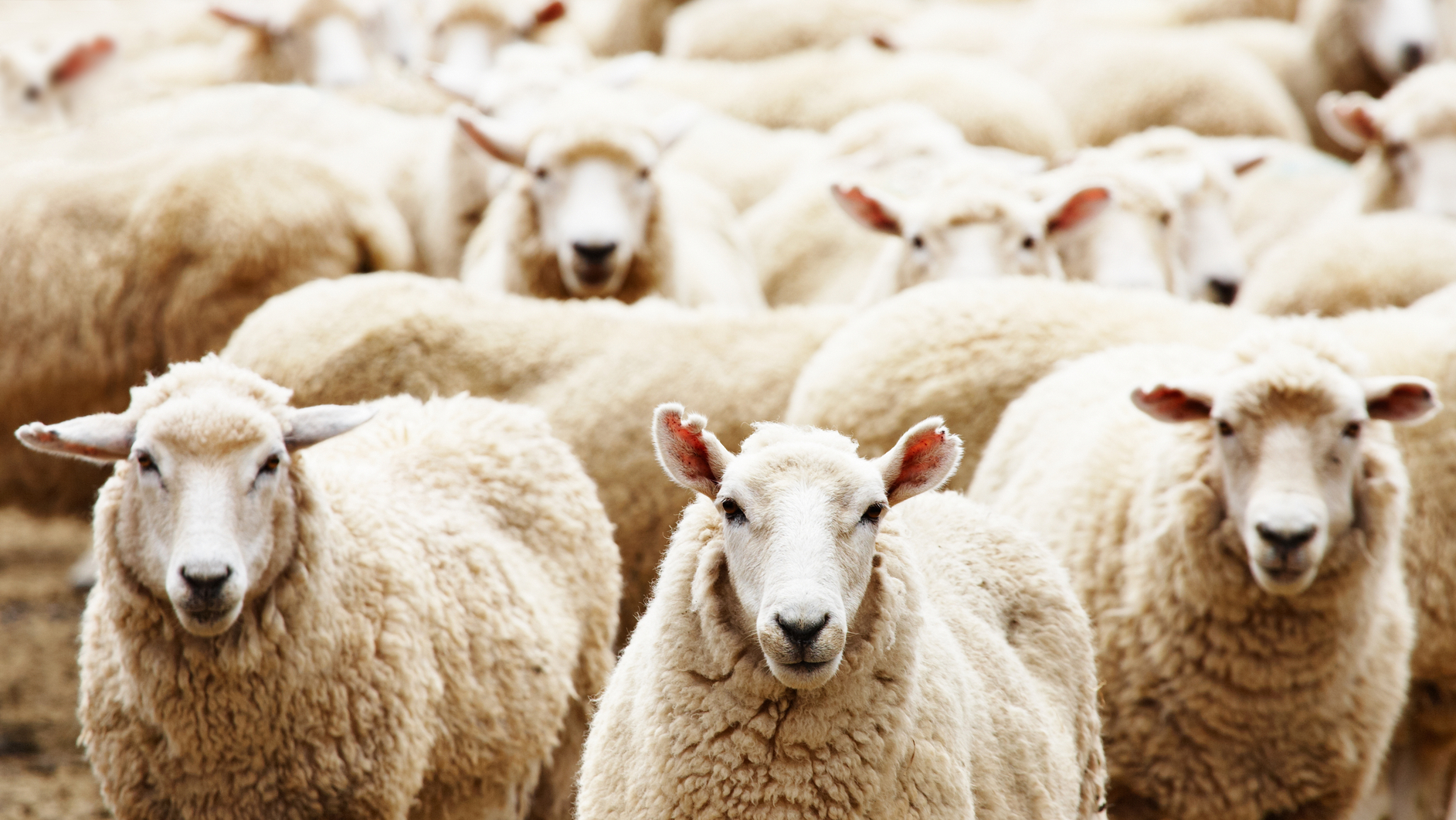Gene Talk August: Connectedness rules tightened
Thursday 31st August 2017

This article appeared in the August edition of Country-Wide Magazine.
--
GENE TALK: AUGUST 2017
Recently, I had an interesting exchange with a North Island farmer who was looking for a new terminal ram breeder. I suggested he use the mobile app RamFinder.
RamFinder lists all SIL sheep breeders throughout New Zealand. It indicates terminal or maternal breeding objectives, traits being recorded, flock size, and contact details. I mentioned that 57 terminal breeders in the North Island were recording meat. He quickly asked if there were any terminal breeders not recording meat. A second farmer suggested that a terminal breeder not recording meat was like watching TV with your eyes closed. It's difficult to disagree.
While breeders do the best they can with the time and resources they have, it's not a given that they (a) record everything, and (b) record well. I suspect that over time some breeders have simply attracted a share of the ram buying market and they meet the requirements of their buyers. Recording extra traits comes with extra cost and perhaps no return on that cost in terms of ram price.
However, ram buyers increasingly expect more information. They want to know their commercial farming objective is aligned with that of their ram breeder. I met another farmer who'd bought two rams from a SIL breeder but neither had a sire recorded against them. The farmer was not concerned, suggesting that the performance of these rams was adequate for his needs. Given the wealth of information a ram's sire contributes, I had to wonder what the commercial farmer's production objectives were.
Best practice recording is important for both breeders and farmers. Two SIL features being strengthened - for the benefit of breeders buying outside sires and farmers buying rams - are restricted traits and connectedness. Restricted traits have strict recording protocols and there is often a cost associated with them. For example, Facial eczema (FE) or internal parasites (FEC). Within SIL, unless breeders are investing in the traits and following protocol, they will not receive breeding values for these traits - and they will not be able to sell rams with these traits. This protects both the ram breeders who are investing and making progress in this trait, as well as ram buyers.
Another area where rules are being tightened is connectedness. Connectedness is about sharing or swapping sires between flocks, then retaining and recording progeny from these sires for a trait that both flocks are interested in. For example, if two flocks are terminally focused and recording for meat, swapping sires or sharing a ram within the same mating is the first step to creating connectedness. The story is then completed by both flocks retaining progeny from the sire/s, eye muscle ultrasound scanning them, then loading the data to SIL.
Only when a sire has been benchmarked in this way - on both sides of the fence - can his genetics be compared. Why? Because connecting between flocks allows SIL to account for environmental factors across flocks and truly reflect an animal's genetic potential. The ultimate connectedness model is the Central Progeny Test, where hundreds of connections are made with common sires throughout the industry.
Individual connections between industry flocks is just as important, though. If breeders are not connecting, their flocks' genetics cannot be benchmarked.
Key point: While breeding flocks need to be recording important traits, they also need to be connected and benchmarked.
In the future, breeding flocks not connected may not receive breeding values, just like the Restricted Traits constraints. This is a big change for some breeders but it can be addressed. For breeders who are interested, SIL can produce connectedness data and they can get connecting.
So, ram buyers beware. Just because a ram is for sale with, for example, a dag score breeding value, it does not mean that dag score is part of the breeder's breeding programme. Or just because a breeder is selling rams with wool breeding values does not mean the breeder actively benchmarks with other breeders for wool.
Ram buyers can ask breeders:
- What traits are you recording?
- What traits are you connected for?
(P.S. In case you're curious, there are 19 terminal ram breeders in the North Island not recording for meat; proof that you need to ask questions).
Sharl Liebergreen
Technology and Extension Manager, B+LNZ Genetics
sharl.liebergreen@blnzgenetics.com
 Previous
Previous


